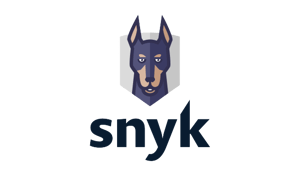Webinar
Think About Your Audience Before Choosing a Webinar Title
OnDemandLandingPage@2x.png?width=1540&name=2022-04-20(Snyk%20Pulsemeter%20DO)OnDemandLandingPage@2x.png)
Sponsored by Snyk
What You’ll Learn in This Webinar
The cloud is where applications run today, but the cloud itself is software, managed and run with code such as IaC, Kubernetes and Helm configs and Dockerfiles. Securing your cloud can, and should, follow much the same model as the security of the apps you’re running in it. If you want to know if your cloud resources are misconfigured, you can test them in the IDE or in your deployment pipelines. If you detect drift or unmanaged resources, you can update your code and redeploy instead of manually making fixes in the cloud console.
Post-deployment, you can continue to follow secure coding practices, using important signals from operations to help engineers improve their designs and fix issues.
In this webinar, Techstrong Research analysts will share new research on securing cloud environments, containers and the need for greater visibility and collaboration between engineers, operations and security teams. In addition, a subject matter expert from Snyk will discuss challenges and successes observed from teams applying developer-first security principles to their cloud native infrastructures. Register now to learn:
- How businesses approach cloud infrastructure vulnerability and misconfiguration management
- How organizations configure containers with security in mind
- The imperative for teams to collaborate to create a secure infrastructure environment







